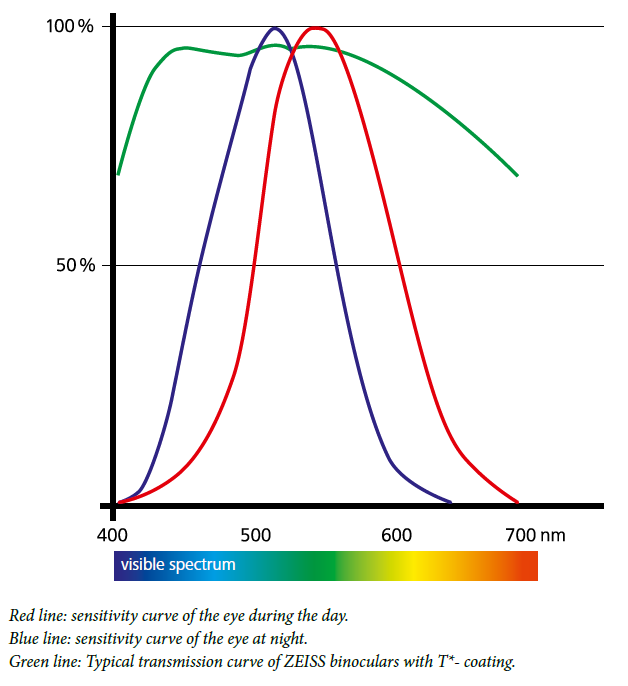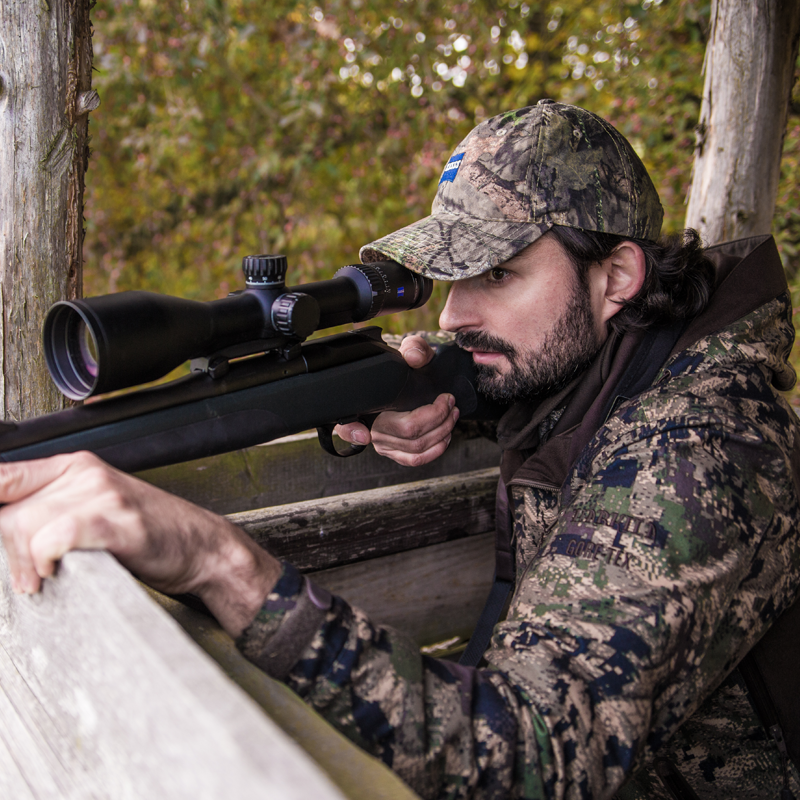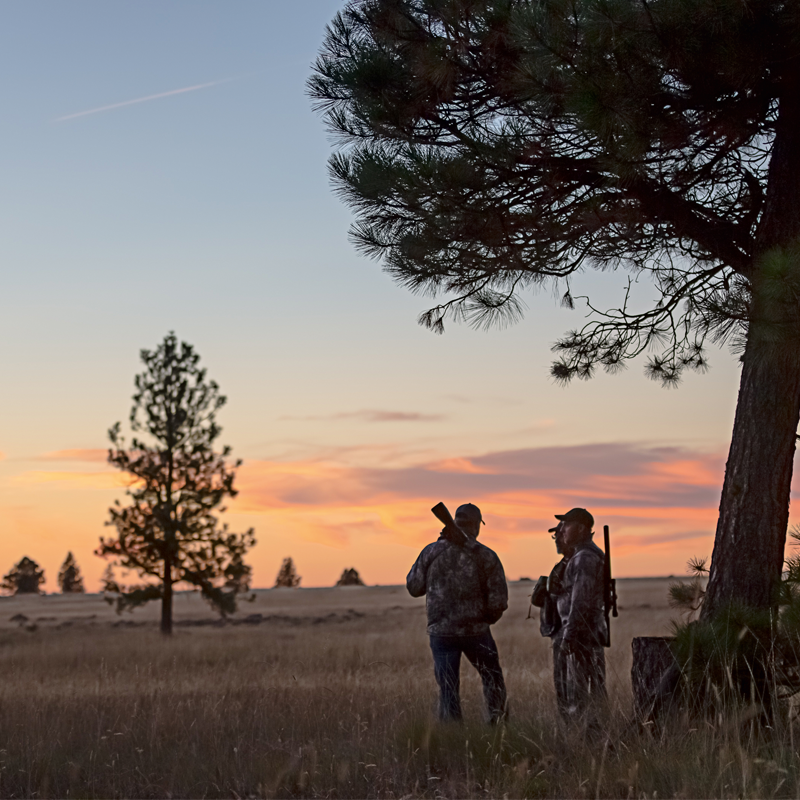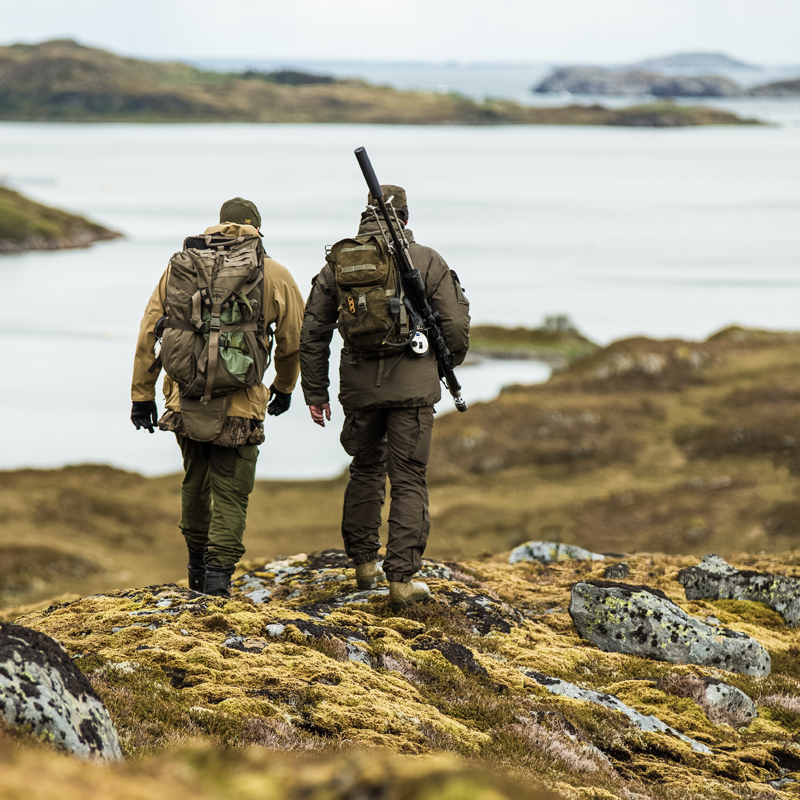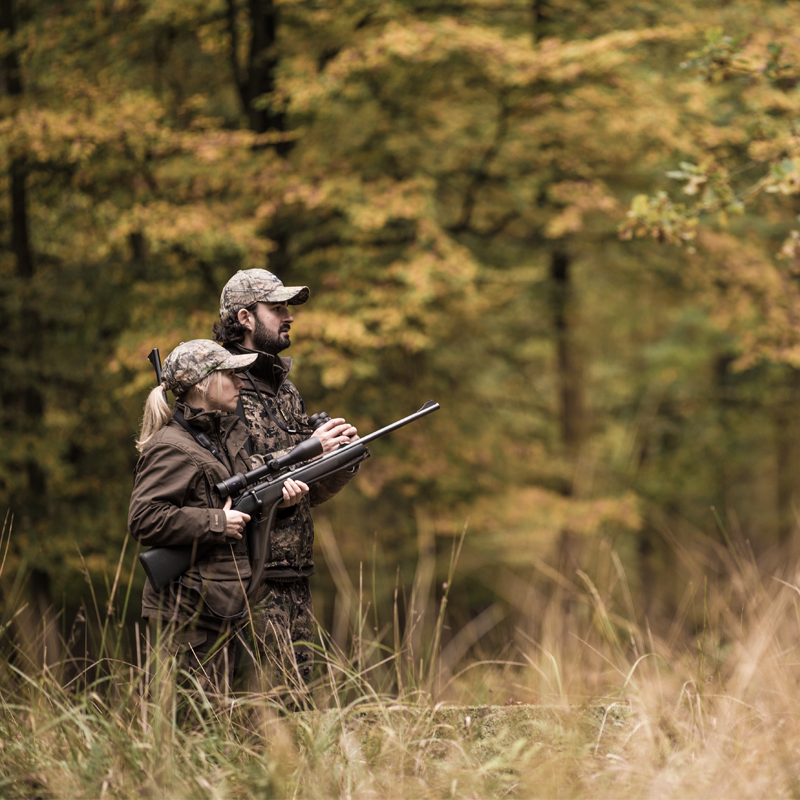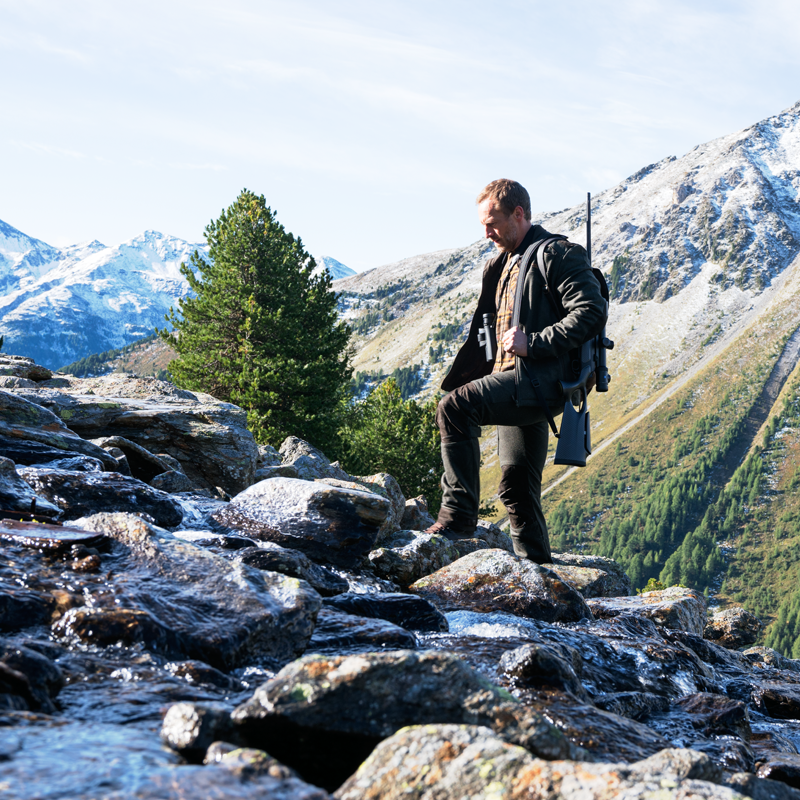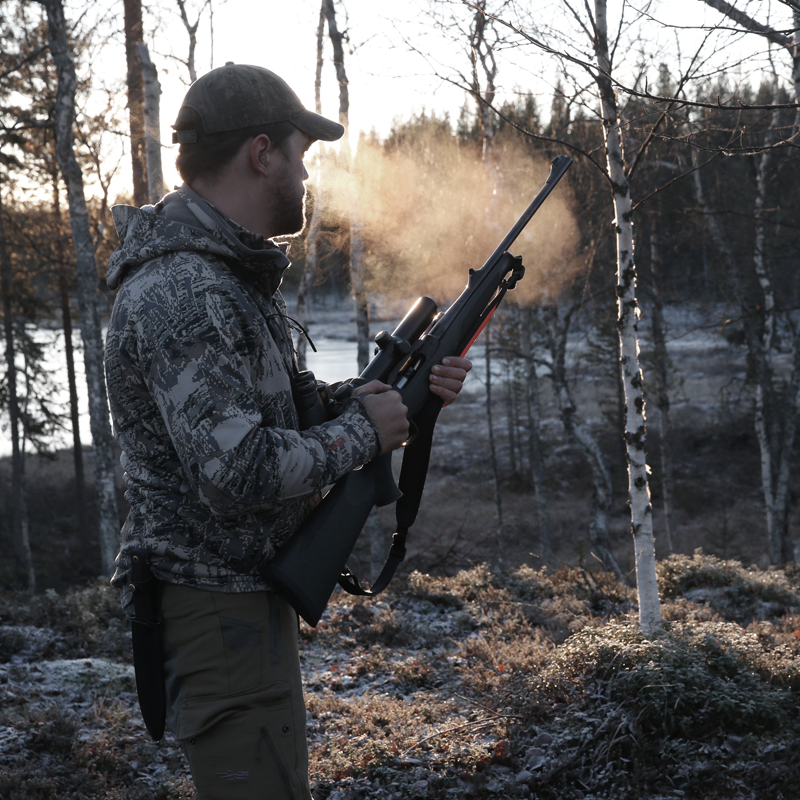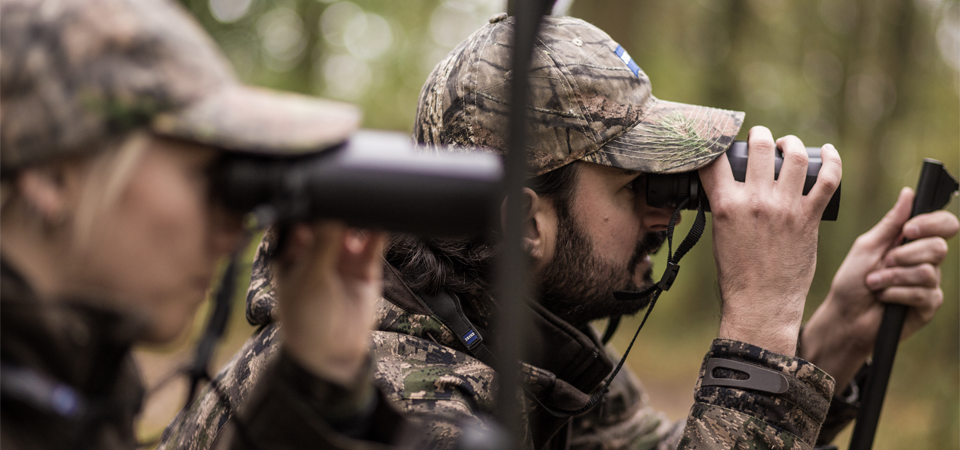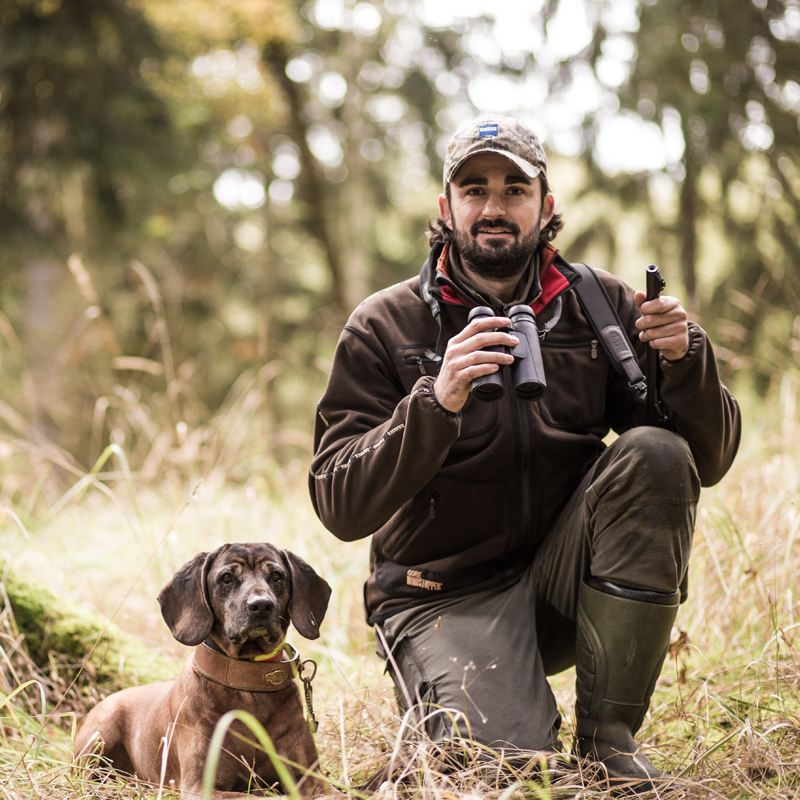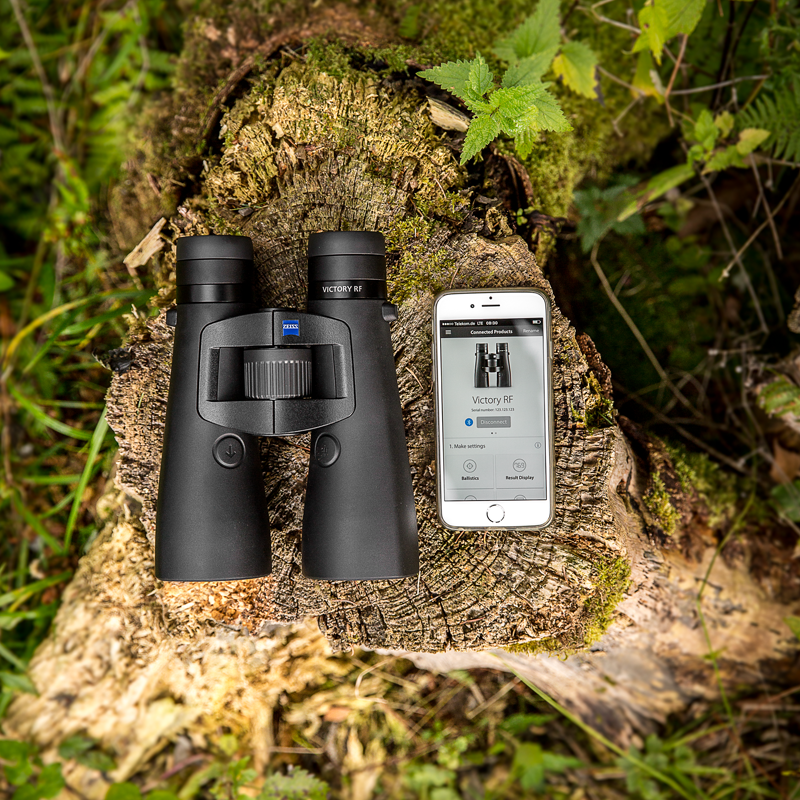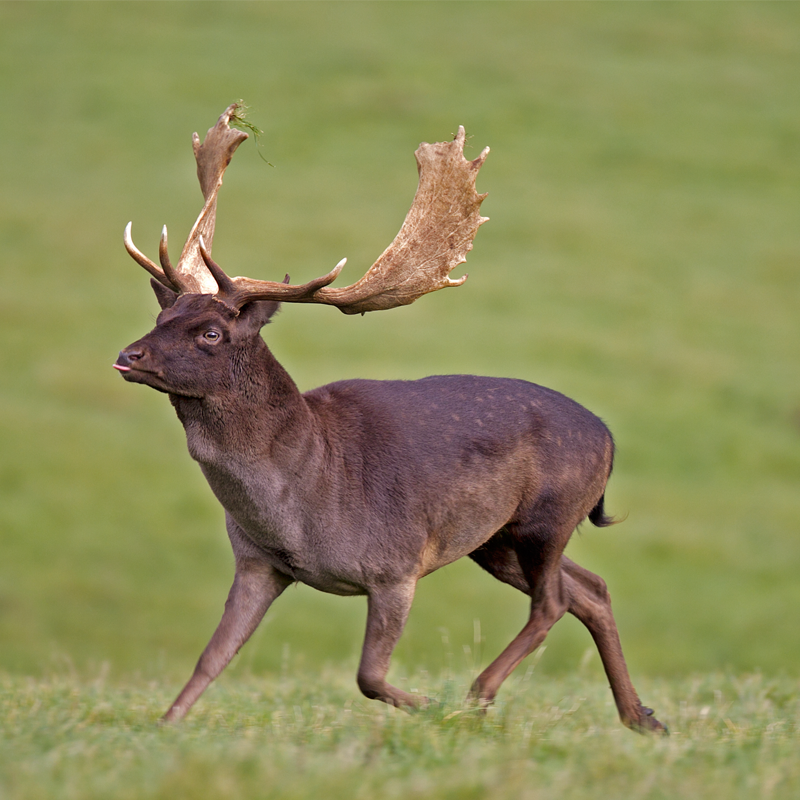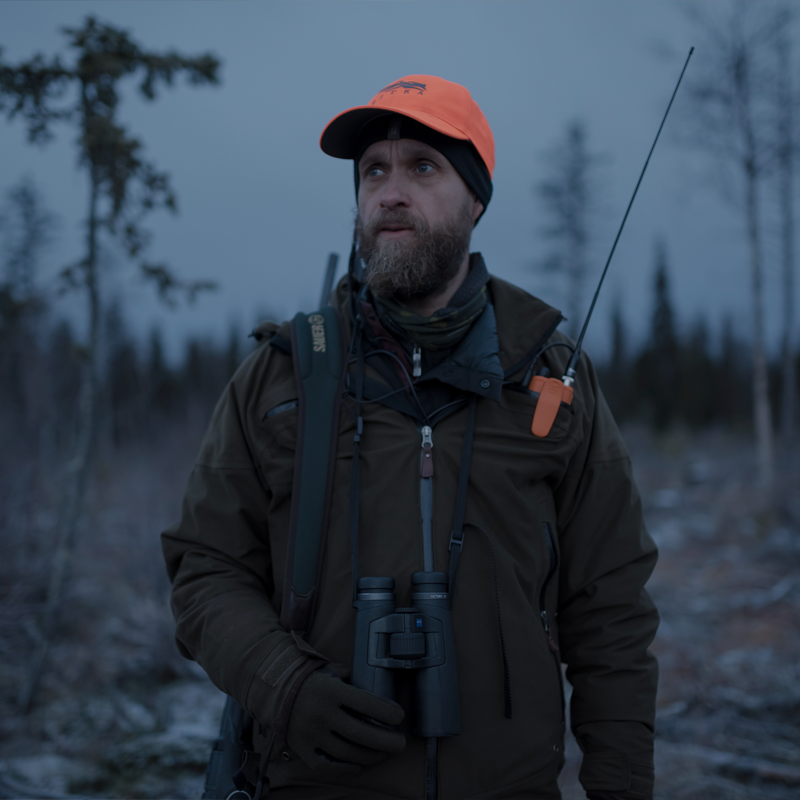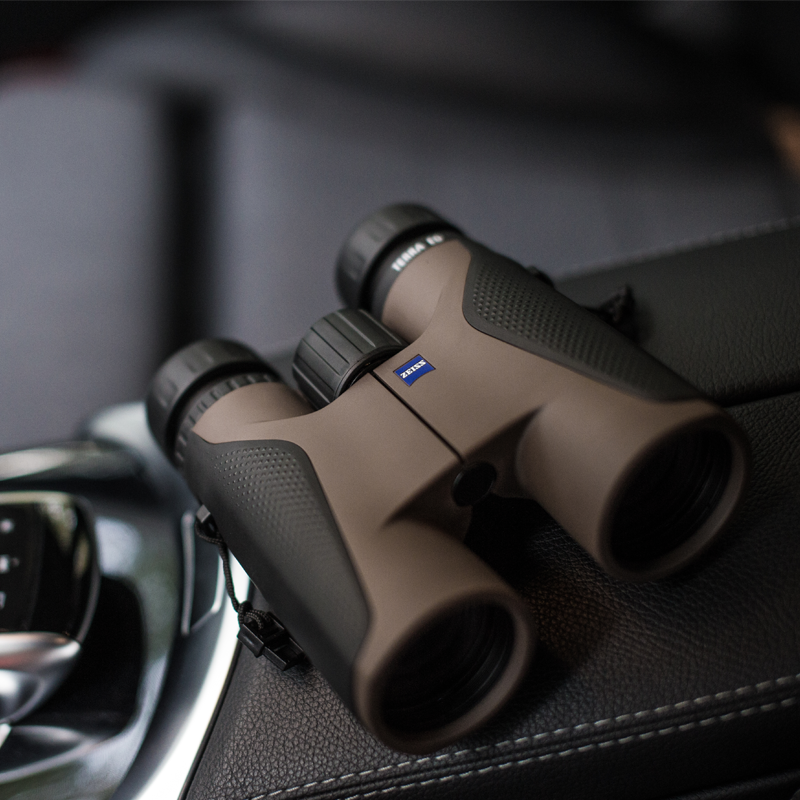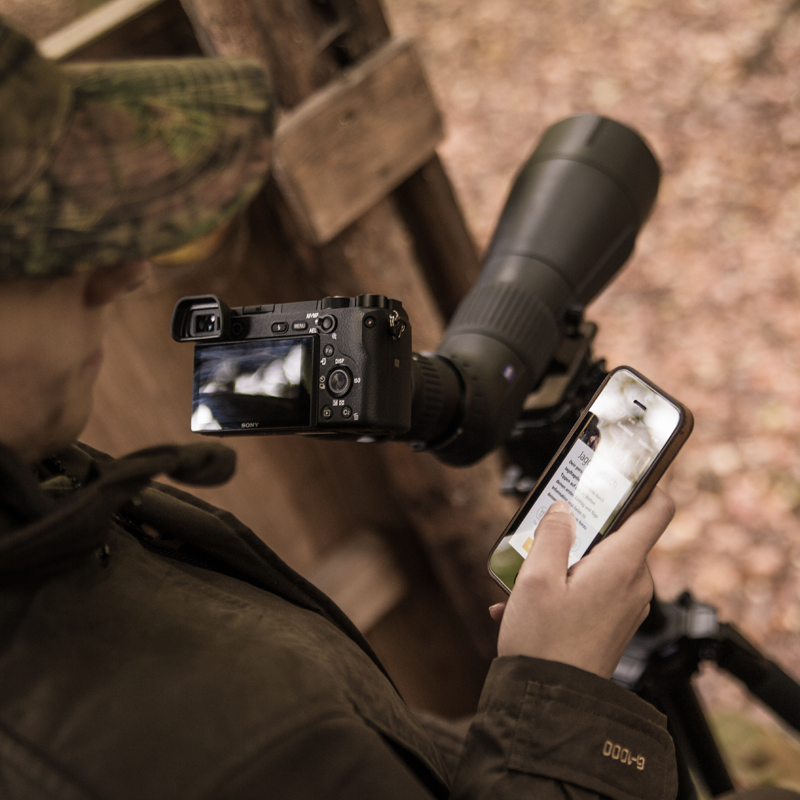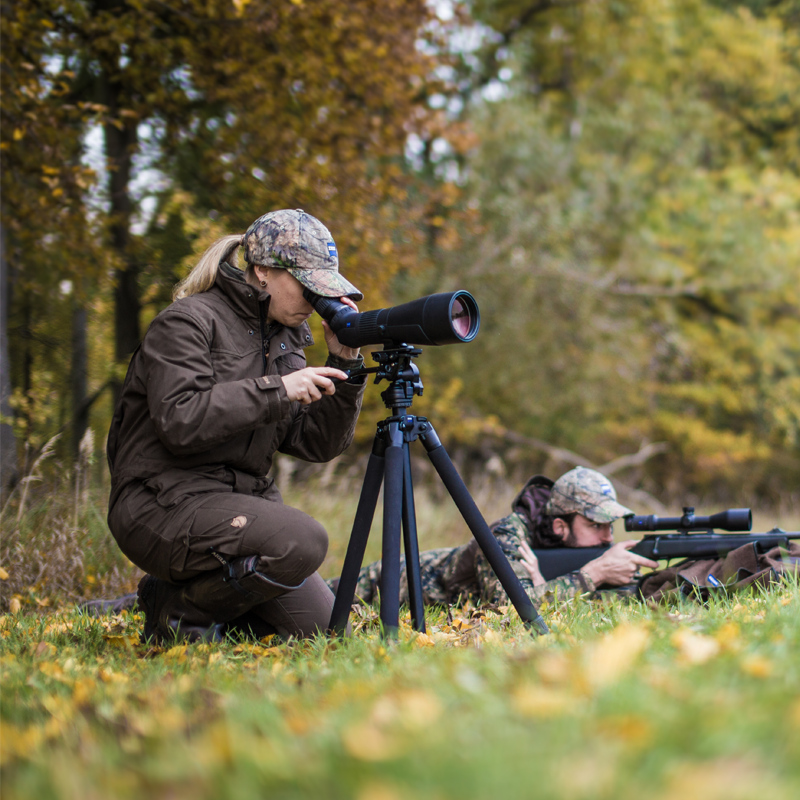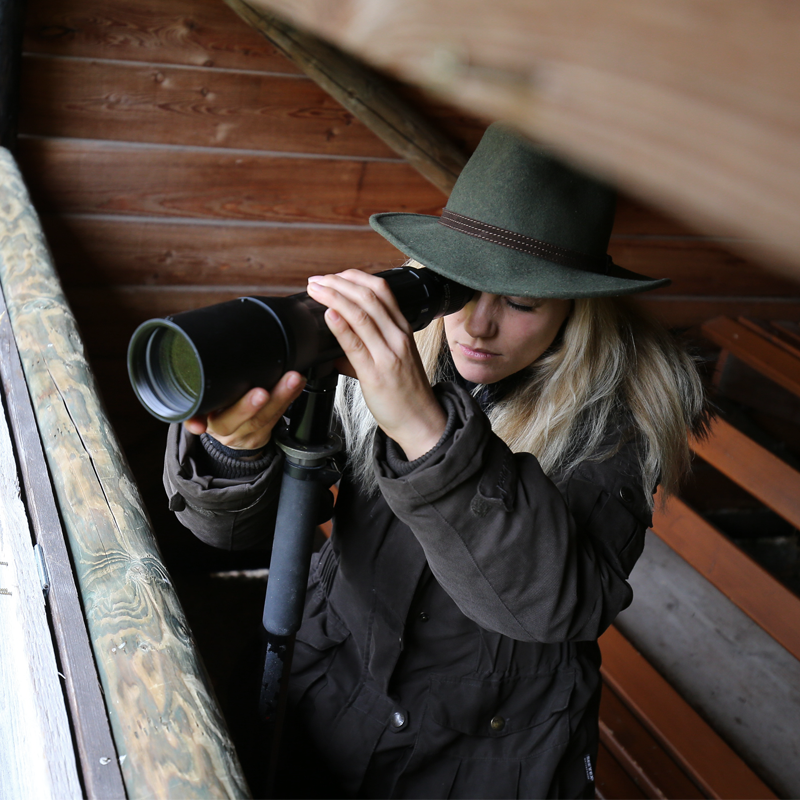Confidence in the Thoughest Conditions
Science and innovative technologies, but primarily the close contact to passionate hunters lead to pioneering developments over and over again. This makes your “ZEISS” a reliable companion even under the toughest conditions.
Designed to withstand the forces of nature in extreme hunting and outdoor conditions, these high-performance optics also provide robustness and reliability expected by demanding users the world over. Electronics and additional innovative functions increasingly create new ways of experiencing nature and passion than never before.
T* coating – An outstanding feature of all ZEISS products
The historical invention of anti-reflective coatings by Professor Smakula is just a single event – an event that launched an entirely new epoch in the field of optics. Image brightness, twilight performance, and brilliance were redefined by the T* coating and are still an outstanding feature of all ZEISS products.
The difference lies in the transmission
Although a high-quality branded 8 x 56 pair of binoculars and any simple 8 x 56 pair have the same exit pupil, the stand hunter will notice a major difference at dawn and twilight. The difference lies in the transmission. This value indicates the percent of incidental light that exits through the eyepiece again. The different impact of exit pupil and transmission on image brightness can be illustrated as follows: the exit pupil refers to the size of the window from which light exits the binoculars. On good branded or cheap binoculars having the same data, this window is generally the same. The transmission value, however, identifies the transparency of this window. Is it clear and bright or cloudy and dark?
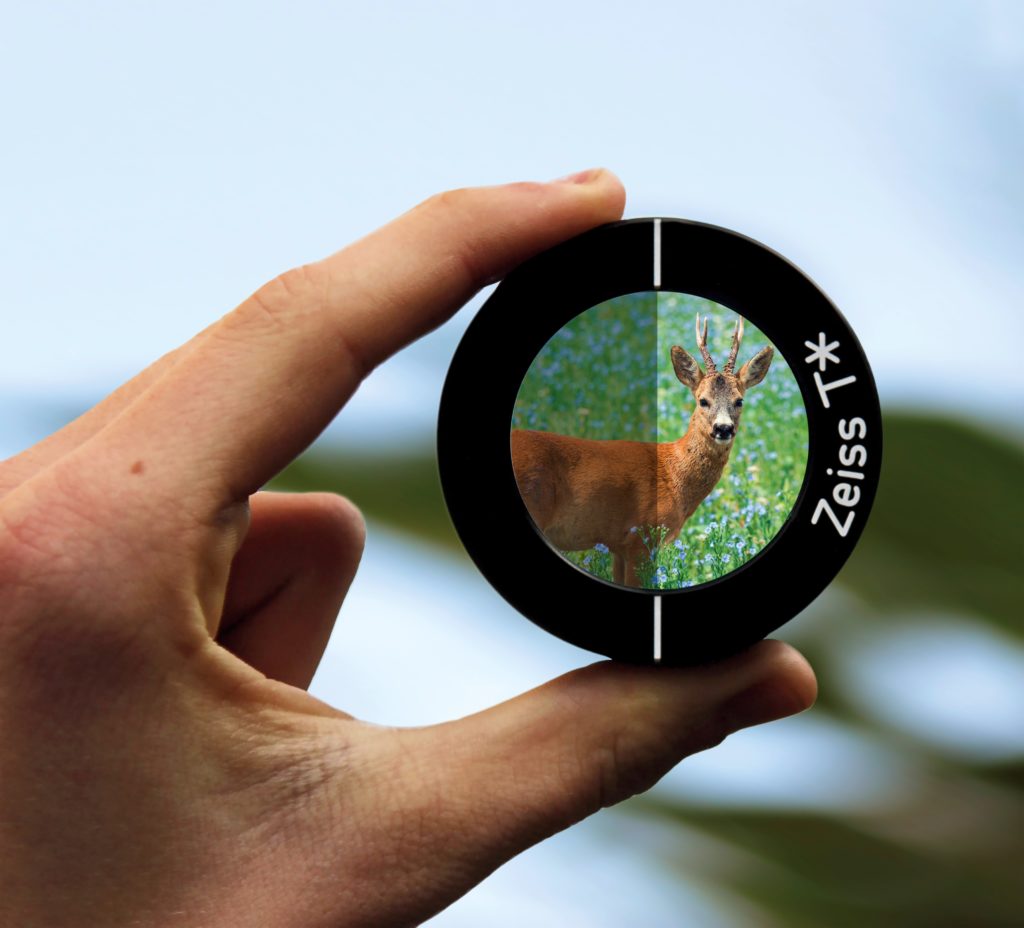
First-rate binoculars and riflescopes provide transmission values over 90%; measurements on the ZEISS Victory HT 8×54 showed a value of more than 95%. In practice, differences of 1 to 2% are unnoticeable. A 5% increase, however, provides decisive reserves in dwindling light and enables considerably longer observation and reliable aiming.
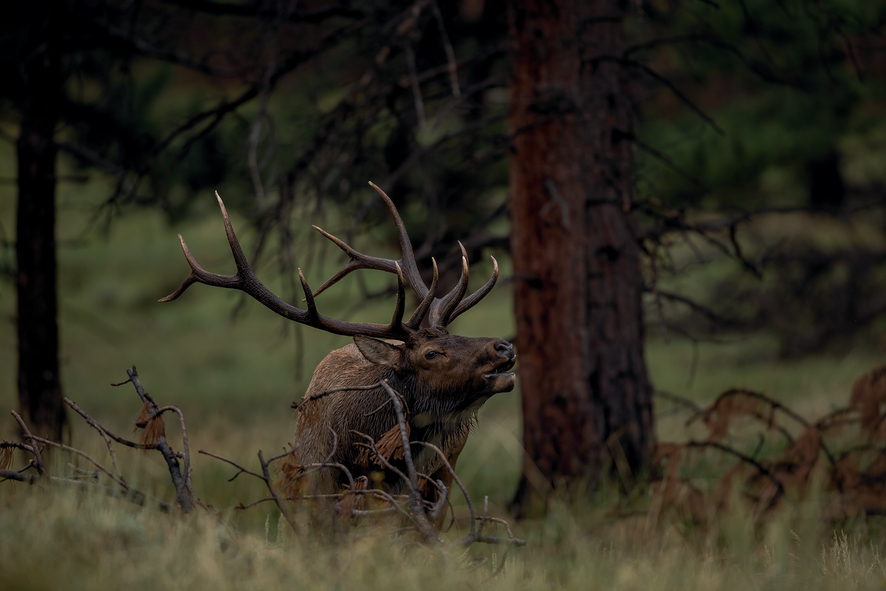
Standard Glass 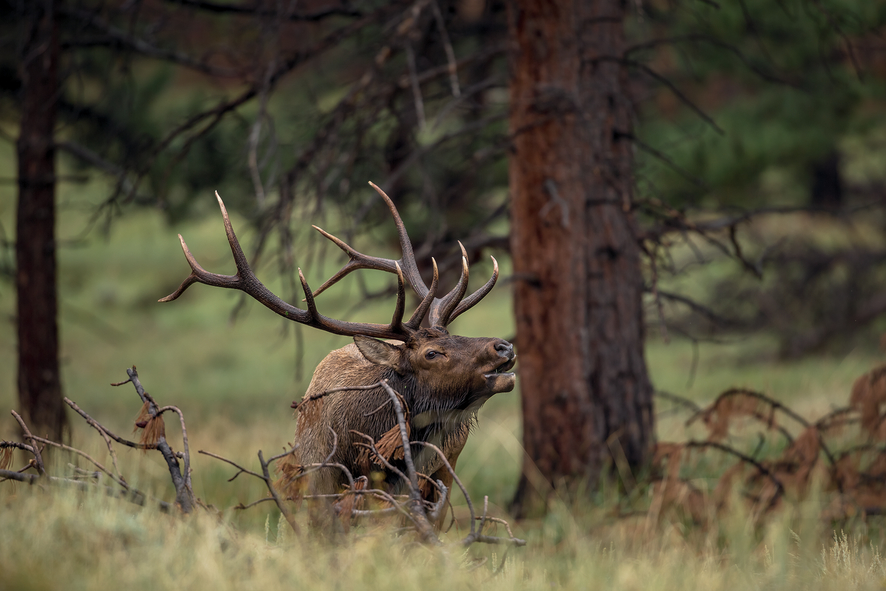
SCHOTT HT Glass
Around the world, binoculars and riflescopes from ZEISS are considered the most powerful in their market and are preferred for use in difficult lighting situations. This is closely linked to the term T* coating which has become synonymous with maximum light intensity and brightest images.
Reflections on glass surfaces
In general, a variety of factors always results in a loss of light in optical devices. Reflections and antireflective coatings on the glass surfaces have the greatest impact because a small portion of light is reflected every time the light passes from air to glass (and vice versa). Without an effective coating, this would be 4% for each glass surface; over 6% on elaborate binoculars with large refractive indexes. High-quality ZEISS binoculars include up to 12 lens elements on each side plus two prisms. Depending on the number of cemented elements, 16 to 20 glass-air surfaces may be used. Without an effective coating, the transmission would be considerably less than 50%; the images would show low contrast and be dull.
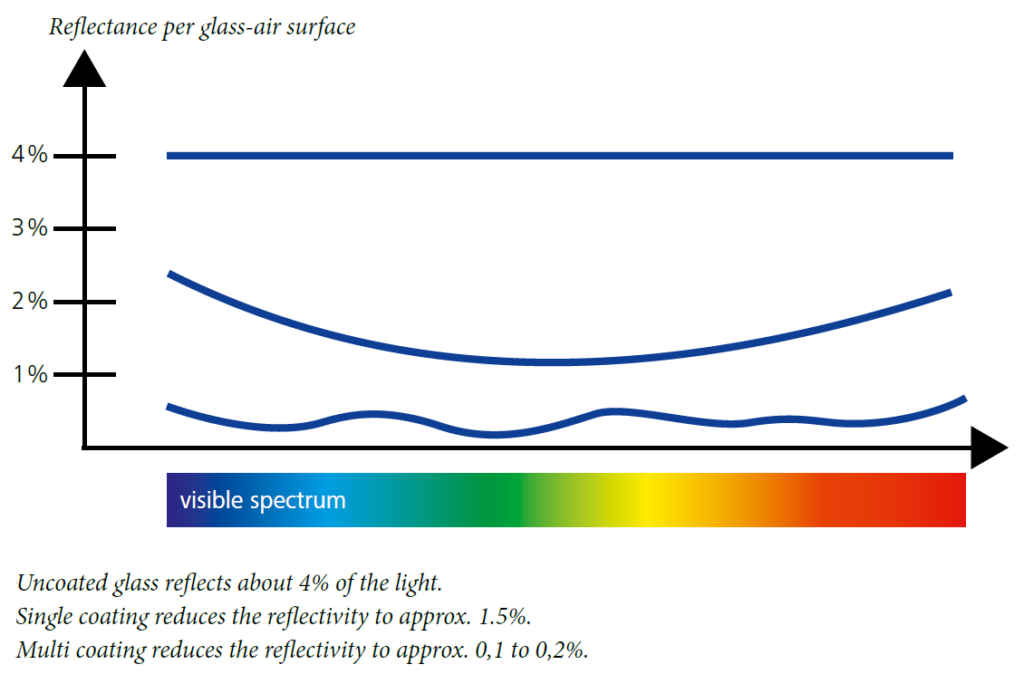
T* multi-coating
Initial tests were conducted at Carl Zeiss Jena (patent allowed in 1935) and resulted in a method of applying a transmission coating to glass. At that time the T coating – a single coat – was born. It was replaced by the T* multi-coating at the end of the 1970s. The current, constantly enhanced and unique ZEISS T* multi-coating on all glass-air surfaces is not simply a fixed recipe but also an innovative multi-coat procedure with a typical six-coat structure that is individually matched to the single lens elements and glass materials. More than 100 layers evaporated in high vacuum on each side of the binoculars are, therefore, a common sight on ZEISS binoculars.
Twilight adjustment
The T* coating accounts for the increased blue sensitivity of the eye in deep twilight and further optimizes light efficiency when required the most.
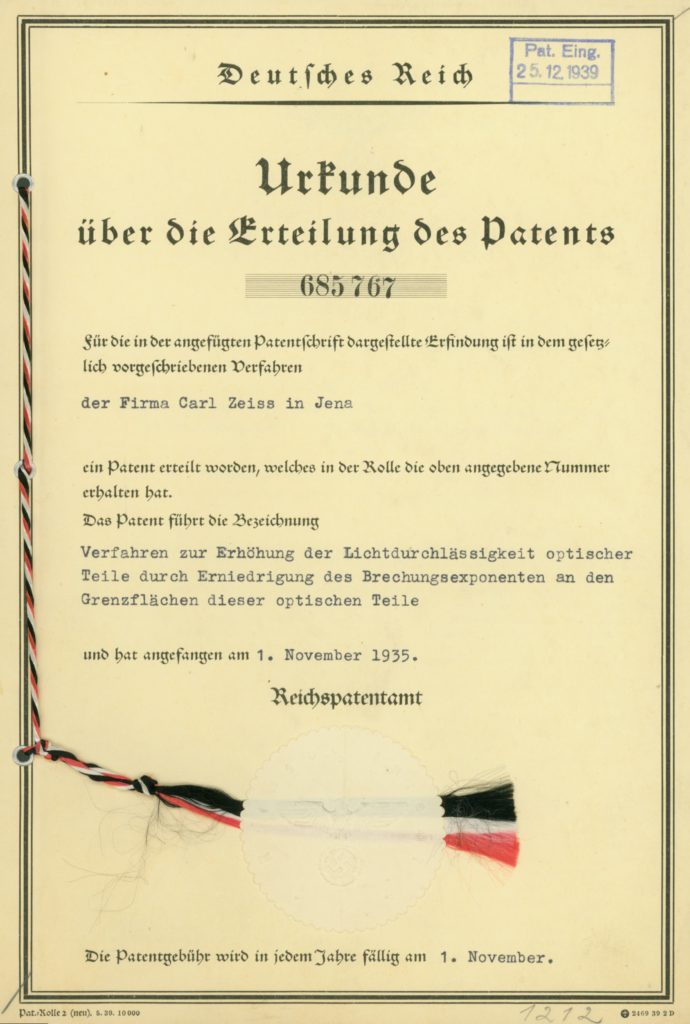
Effect of the prisms
In addition to increasing transmission, the coating also serves as an effective, hard surface sealant that protects the partly sensitive optical glass. In addition to reflections the type of prism system plays a key role in image brightness on all binoculars. Therefore, all twilightcapable roof prisms of Carl Zeiss use the outstanding Abbe-König prism system. Although it is somewhat larger and heavier it does not need a light-swallowing mirror coating like the standard Schmidt-Pechan system. All light deflections inside the prisms take place as total reflections that, unlike a mirror, do not show a loss of light. This applies to Porro prisms as well, which also provide a very good foundation regarding image brightness.
Measurement
Transmission determining is relatively difficult, which is why the values rarely appear in test reports. The transmission values for spectral colors (different wavelengths) are determined individually by means of nearly 500 measurements. The result is assessed with the sensitivity of the human eye regarding colors (sensitivity curve). The eye is most sensitive to the green spectral range. Accordingly, these colors have the greatest influence. High infrared or UV transmission, on the other hand, is not included in the assessment because it is not perceived by the eye. The final result is a value known as day transmission.
Day and night transmission
While the cones in the retina are responsible for daytime vision primarily, it is the rods that take over at night or in very low light.
This results in a different sensitivity curve regarding colors: the maximum sensitivity moves to the blue spectrum. If the measured spectral transmission curve is assessed using this night sensitivity now it provides the night transmission. Night or day makes no difference to the binoculars but to the sensitivity of the eye.
